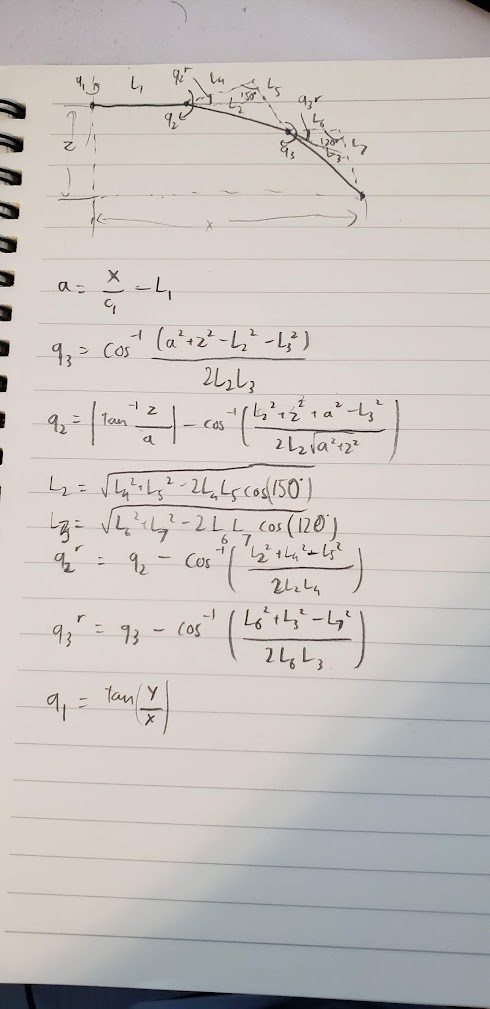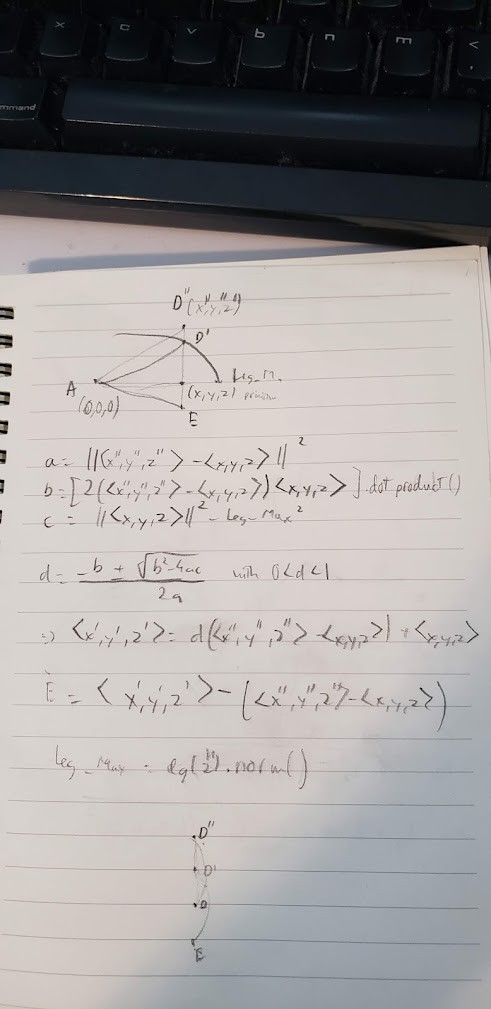This hexapod is my long-term project. It will be under my development for few years. I will try to update my progress as frequent as I could. The reason why I pick hexapod is because I would love to work on legged robots more than on wheeled robots, even though it is a lot more complex. I will try to apply every new thing that I could learn about robotics on this project. Hope it could grow along with my robotic career
1st version: Hexapod will be controlled by laptop using keyboard through ROS. The hexapod will be controlled with 6 DOF input, and concurrently using rplidar to draw a 2D map
Here is my github code: Uchiwuwu/Hexapod (github.com)
 Uchiwuwu
Uchiwuwu





 Sukasa
Sukasa
 Ben Strahan
Ben Strahan
 Sverd Industries
Sverd Industries
 Rud Merriam
Rud Merriam